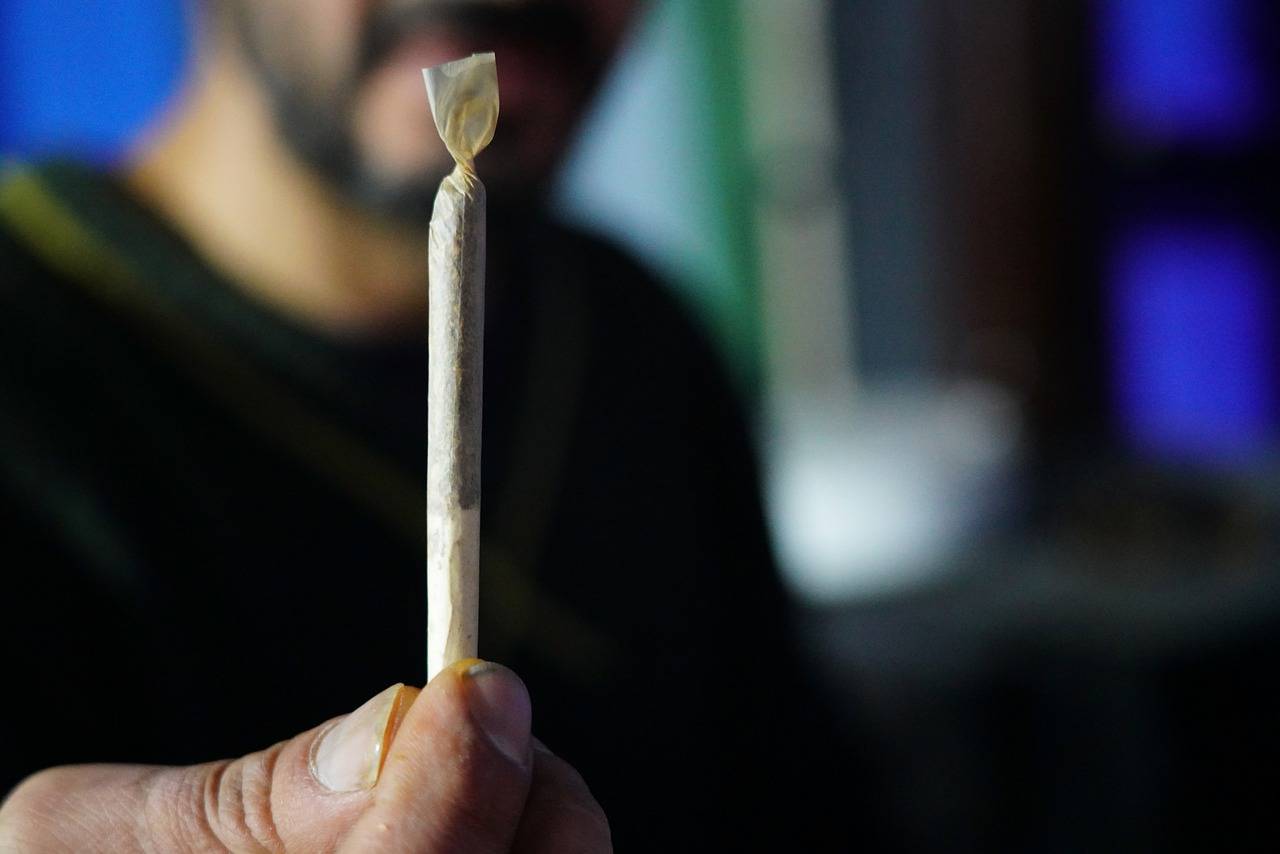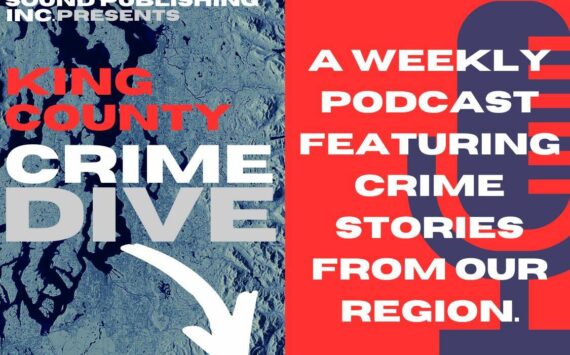According to a AAA Foundation for Traffic Safety survey published in 2019, nearly 70% of Americans think it’s unlikely a driver will get caught by police for driving while high on marijuana.
Additionally, 14.8 million drivers report getting behind the wheel within one hour after using marijuana in the 30 days before they took the survey.
Since Washington state passed Initiative 502 to legalize recreational marijuana, rates of drivers under the influence of cannabis and involved in fatal collisions have risen at an alarming rate.
According to another AAA Foundation survey, the estimated percentage of drivers involved in fatal crashes who were THC-positive in Washington state rose to 21.4 percent by 2017.
Before marijuana was legalized at the end of 2012, the percentage of drivers deemed to be high never rose above 9.4 percent, according to the same survey.
Washington State Trooper Tom Moberg is a trained drug recognition expert.
“Legalization has really pushed law enforcement to up their training,” he said, adding that 95 percent of the officers at his agency have advanced roadside training to recognize impaired drivers.
He said stoned drivers and drunk drivers might drive in a similar way with lack of control of speed or staying in a lane, or possibly following another car too close. It is not until officers make a traffic stop and have personal contact with a driver that they can follow “clues” to discern what kind of intoxicant may or may not be affecting the driver.
Once an officer like Moberg believes they have enough probable cause to suspect impairment, they can ask a driver to conduct a series of field sobriety tests to measure things like a driver’s balance or eye movement.
Moberg said there are certain physiological clues and responses that can give him a better idea of whether a person is impaired by a depressant like alcohol, or impaired by THC from consuming cannabis.
Breathalyzers are a useful tool for law enforcement officers to determine in a relatively concrete and consistent way the measure of alcohol in a person’s body to determine if they are or not over the legal limit, he said.
This is where regulating and enforcing marijuana-related DUIs can become a challenge for law enforcement — because there is currently no such thing as a “THC breathalyzer.”
Moberg said a handheld device to quantify THC levels in a driver’s blood by collecting their exhale would be a “game changer” for law enforcement and the courts.
The only scientifically concrete way of making that kind of measurement currently is through a blood draw of a suspected high driver, and if a suspect refuses to consent to the blood test, a warrant is required.
Furthermore, alcohol and THC are two very different drugs. Although the legal limit for THC in a driver’s blood is 5 nanograms per milliliter of blood, marijuana is relatively unpredictable and can have very different effects in different people.
Moberg said our collective knowledge of cannabis is relatively misunderstood when compared to what we know about alcohol. He said perhaps in 20 years we will have a better understanding of how it affects people, but we currently do not have it down to a formula like we do with alcohol.
Because of this, Moberg said officers try to focus on the evidence of impairment rather than the specific substance that might have caused the impairment when they are evaluating a driver’s sobriety.
Moberg said law enforcement is trying to do their due diligence when it comes to lack of knowledge and tools. He said in the meantime, he wishes law enforcement had more drug recognition experts at their disposal.







